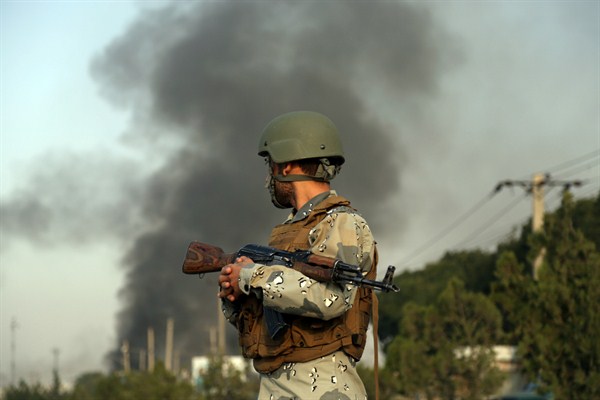After 18 years, it is hard for most Americans to picture the forever wars in the Middle East and Afghanistan actually coming to an end. Yet over the past week, there were growing signs that what seemed unimaginable could really happen soon.
First, on Sunday, the U.S. special envoy to Afghanistan, Zalmay Khalilzad, revealed in an Afghan television news interview the partial details of a deal for a U.S. withdrawal of 5,400 troops in exchange for a pledge from the Taliban to cut ties with terrorist groups like al-Qaida and reduce violence. Then, on Tuesday, members of Congress once again put forward bipartisan legislation that calls for a halt to U.S. logistical support to the Saudi-led coalition fighting Houthi rebels in Yemen, a move that could effectively impede further escalation of the four-year conflict. Both measures ultimately depend on the approval of President Donald Trump. Though he was elected promising to “get out” of Afghanistan, Syria and other hotspots, Trump has expanded American military operations abroad, steadily backing the Saudi air war in Yemen and even threatening to wipe Afghanistan “off the face of the earth.”
In Syria and Iraq, meanwhile, it is still unclear how the U.S. will cope with the resurgence of the Islamic State and the presence of Iranian proxies. But the progress in Afghanistan and Yemen suggests that barring something unexpected, there likely won’t be additional U.S. boots on the ground abroad in 2020, when Trump faces reelection.

